It is difficult today to imagine a festive and even everyday table without mushrooms. They can be easily purchased at any supermarket - grown in greenhouse conditions, they are safe and tasty. But wild mushrooms, harvested under natural conditions, have a particularly high culinary value. Dishes from them are aromatic and nutritious. Some types are gourmet products with a high market value.
Content
Names, photos and descriptions of popular edible forest mushrooms
Forest mushrooms are strikingly different from their greenhouse brothers. Firstly, the taste is much higher, and secondly, the species diversity of forest fruits is much wider. In addition, mushrooms collected in the forest get absolutely free, while they ask for a lot of money for greenhouses. And the collection process itself is a very exciting event, not to mention the benefits of a long walk through the fresh forest air.
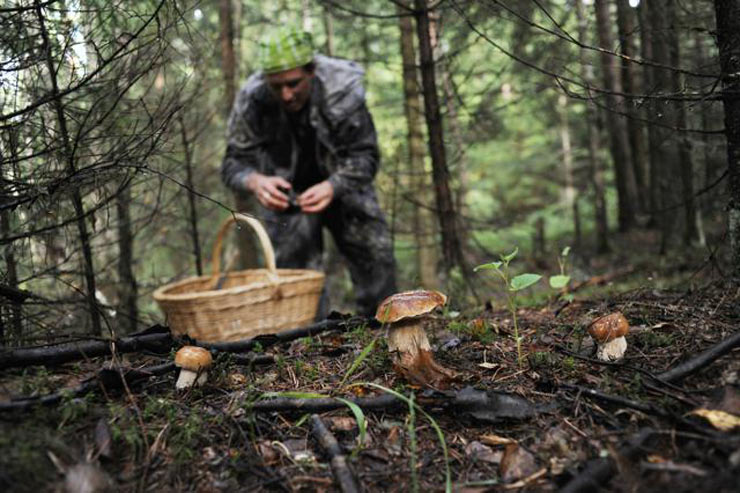
On the other hand, forest harvest can be a threat to human health and life. The presence of dangerous poisonous doubles and the wrong place of collection can increase the risk of poisoning. Before you go on a quiet hunt, the mushroom picker needs to get acquainted with the list of names and descriptions of edible mushrooms, as well as their photos. You must also determine the appropriate location for the collection. And when you bring home a mushroom crop, you should properly prepare it or put it in storage.
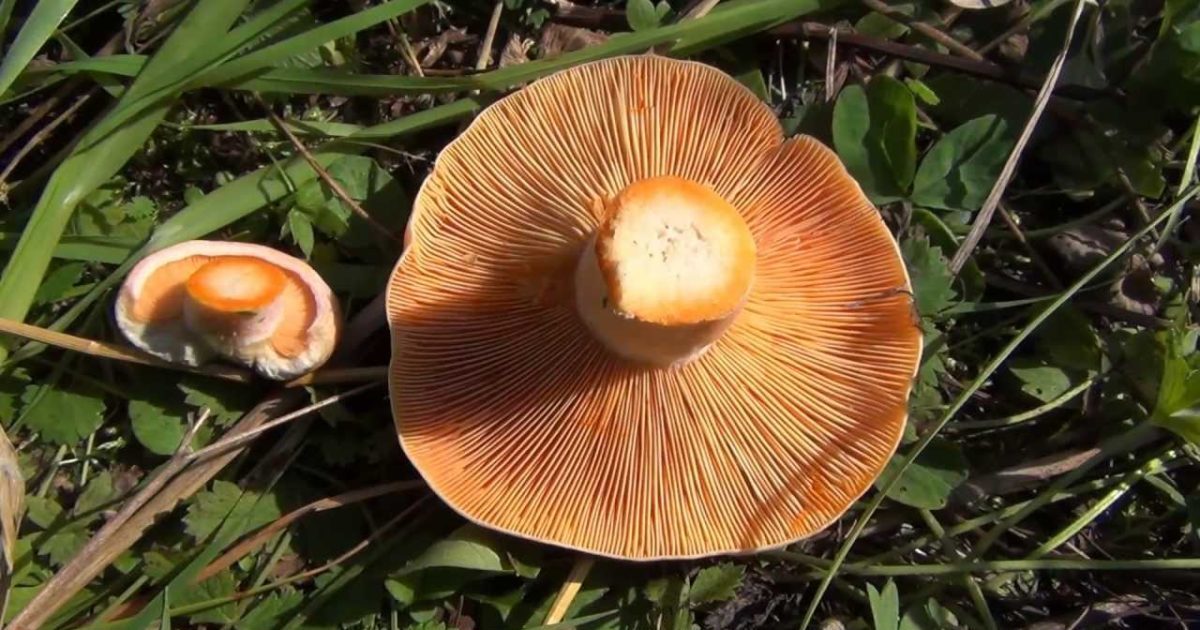 You may be interested in:
You may be interested in:Porcini
Ceps are often found under spruce and pine trees, as well as under oaks, birches. This species prefers old forests. Peak harvesting occurs in August, but crops begin to be harvested from early June, pumping in October.
The hat in the form of a shallow dome flattens a little over time. The surface of the cap may be smooth or slightly wrinkled. Its edges often crack. In a period of high humidity, it is slightly mucous; in dry weather, it is dry and dull. The color of the surface varies from red-brownish tones to white, depending on the variety and area. Most often, the shade of the edge of the cap is slightly lighter.
The leg is thick, barrel-shaped. As it grows, it becomes cylindrical, with thickenings at the base. The color of the legs may correspond to the color of the hat, but most often the first one is a tone or two lighter. In almost all varieties, the leg has a vein mesh of white or close to white shades. Basically, the mesh is well visualized on the top of the leg.
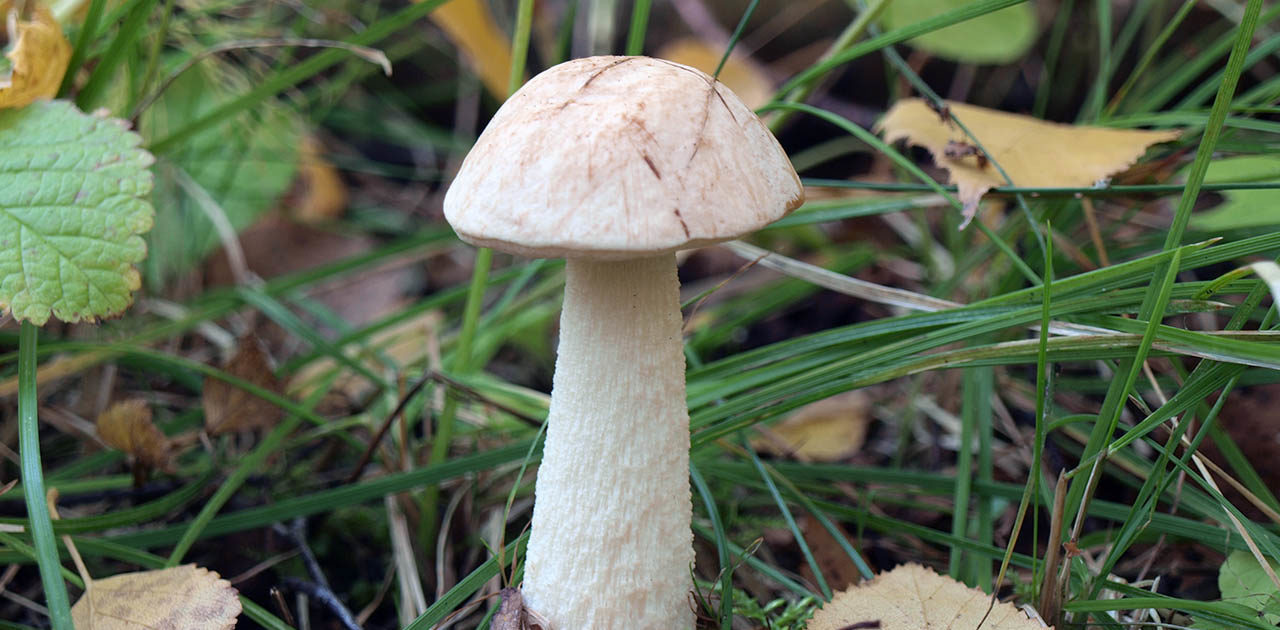 You may be interested in:
You may be interested in:The pulp is juicy, fleshy, somewhat fibrous in old fruits. Often it has a white or slightly yellowish tint, does not change its color. The taste and aroma of raw pulp is unexpressed. But during cooking, the pleasant mushroom aroma intensifies and acquires a sweetish touch.
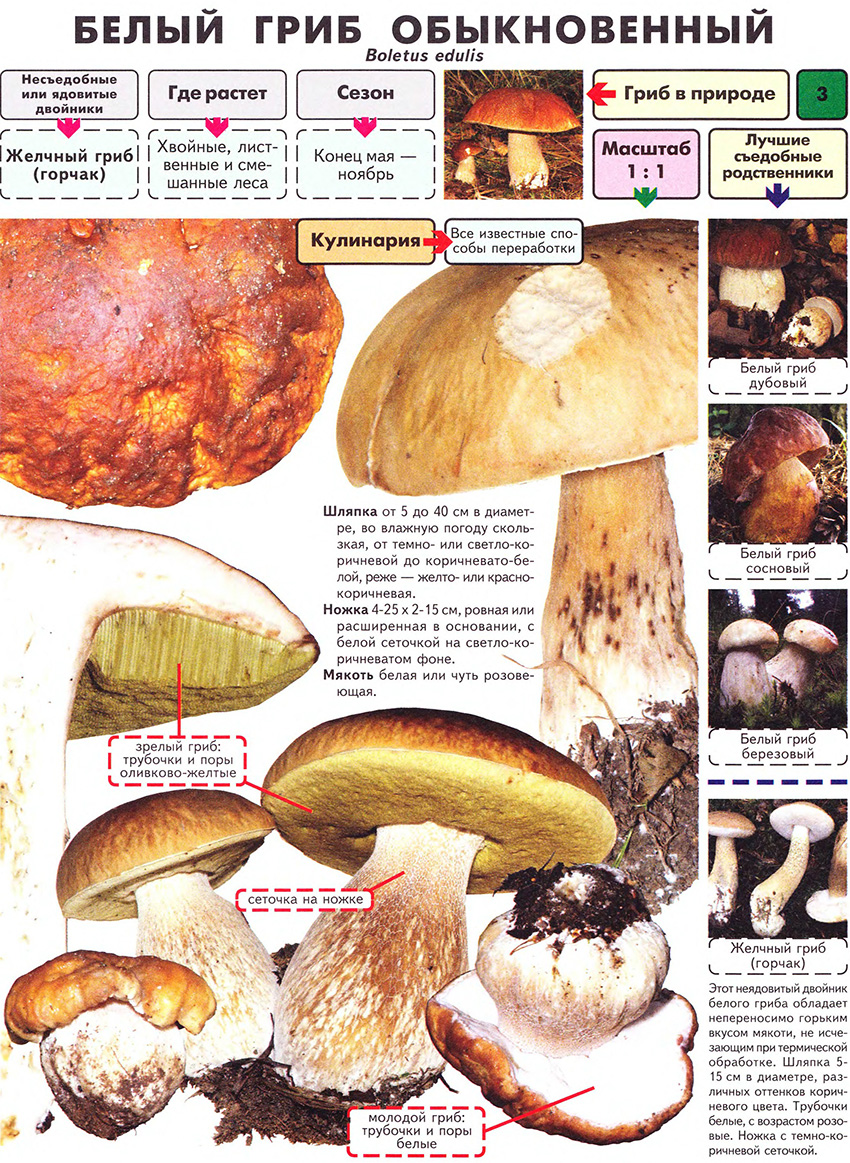
The tubular layer is easy to separate from the cap. Initially, it has a white color, but turns yellow with age, eventually acquiring an olive color. Spore powder is also the color of green olives.
Chanterelles
Chanterelles can be found in various types of forests in early June, and then in the period from August to October. Their fruiting body is similar to the hat-cutaneous structure of mushrooms, but in chanterelles it has no pronounced boundaries. The color of the fruiting body is represented by variations from light yellow to orange.
The hat is concave and open, with time it flattenes and acquires a funnel shape. Initially, the wavy edge is tucked up as the fox grows up. The surface is smooth, matte.
The leg is smooth. To the base, it narrows a little. The pulp is dense, fleshy, slightly fibrous in the leg part. It is white in color, along the edge a little yellowish. When pressed, it acquires a reddish tint. The flesh pulp exudes the aroma of dried fruit and sour taste. Chanterelles have a folded hymenophore, represented by wavy folds. The spores are light yellow.
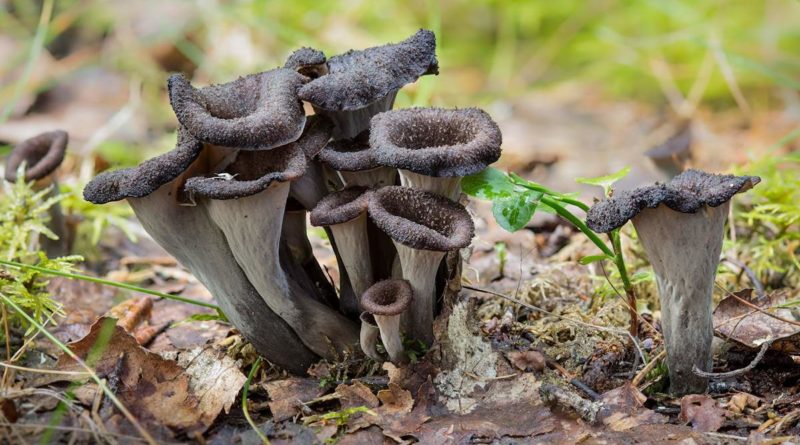 You may be interested in:
You may be interested in:Talkers
Talkers grow in groups, often forming the so-called witches circles (ring of the correct form). You can meet them in forests of any type, as well as in some parks and squares.
The hat is like a bell - its edges are bent, and in the center there is a pronounced tubercle. The surface is smooth, matte. The hat has a gray-brown or reddish color.
The leg is expressed in the shape of a cylinder. Structurally, it is dense. The color of its surface corresponds to the color of the surface of the cap. The pulp is dry, but fleshy, has a whitish color, which does not change when it is broken or pressed. The pulp has an almond flavor. Spores are presented in the form of a light cream powder.
Ginger
Redheads grow in large groups mainly in coniferous forests. They bear in waves. Peak activity is observed in late July and from August to September. Redheads occur from July to October.
The cap of young saffron mushrooms has a convex shape with a curled edge. Over time, it straightens, taking a funnel shape, and the edges straighten. Some mushrooms have a tubercle in the center. The surface is glossy, at high atmospheric humidity it becomes sticky. The surface of the cap is orange with dark rings and spots.
The leg is smooth, cylindrical in shape, structurally hollow. It is slightly narrowed at the base. The surface of the legs is completely covered with dimples. The color matches the color of the hat or may be a tone lighter.
The pulp is dense. It has a yellow-orange hue, which is replaced by green at the break. The flesh of saffron milk richly releases a thick milky juice, which also turns green when in contact with air. Juice has a pleasant fruity aroma. The plates are thin, but frequent, painted in an orange-red tone. Turn green. Spore powder is yellow.
Mushrooms
Honey mushrooms grow on rotten wood and old stumps. They are very common in deciduous forests, and meadow honey agarics prefer to grow in open grassy areas. You can collect honey mushrooms all year round.
The cap is hemispherical, convex. Over time, it changes, becoming umbrella-shaped with a pronounced tubercle in the center. Very old mushrooms have open hats. The color is represented by shades of brown. In conditions of high humidity, the hats darken, and after drying, they again acquire their usual color. Some species on the surface have numerical scales. However, in many of them they disappear with age.
The leg of honey agarics is cylindrical. Inside it is hollow. In some species, the leg is thickened to the base. Certain species have a skirt or mushroom ring.The surface of the legs is painted in shades of brown. In old mushrooms, the leg is always darker than in young mushrooms.
The pulp is thin, often watery. In many species, it is white, but there are species with yellowish flesh. The flesh of honey agarics has a pleasant mushroom smell and a sweetish taste. The plates are loose, white or cream color. In certain mushrooms, they change color when in contact with air or water.
Boletus
Birch trees can be found in any forests where birch trees grow. With these trees, this type of mushroom forms mycorrhiza. Birch bushes begin to bear fruit actively in the first half of summer. You can collect them until October inclusive.
Boletus has a fairly large number of varieties, so the color and shape of the hat vary. Mushrooms are recognizable by a white leg, completely covered with black and white scales. The lower leg has a slight thickening. The pulp of the boletus is white, does not change its color. An exception is only the Blushing appearance, in representatives of which the flesh on the cut is painted with a reddish tint.
Butterflies
Butterflies are very common and have a great species diversity. They are found in forests of various types, mainly in coniferous stands. You can collect oil from July to September.
The hat is convex, with aging it becomes flatter. The surface of the cap is smooth. Sometimes it contains the remains of a black bedspread. The surface is always sticky or mucous. The color of the hat depends on the species (yellow, orange, brown).
The leg has a club shape, smooth or grainy surface. Inside it is solid. The color of the legs completely repeats the color of the hat. On the surface may be the remains of a black bedspread or mushroom ring.
The pulp is soft and juicy. It can be whitish or yellowish. In some species, when cut, the flesh takes a bluish or reddish hue. Gimenofor effortlessly separated from the cap, has a yellow or white color. The spores are yellow.
Russula
Russula have a huge number of species, most of which are edible. Only in Russia 60 species of these fungi are represented.
Initially, the hat may have a spherical, bell-shaped or hemispherical shape. As it grows older, it becomes prostrate, flat, funnel-shaped and very rarely convex. The edges can be either wrapped or straight. Often there are stripes or scars on them, sometimes the edges are covered with cracks. Depending on the type, the surface may be dry or wet, shiny or matte. Color can be varied.
Leg thickened, even, sometimes widened or narrowed at the base. Inside, it can be hollow or dense. The color of the legs depends on the species of Russula. The pulp is brittle, dense or spongy. In young individuals, it is presented in white, in aging - it has a brownish or other dark shade.
Gruzdy
Lumps are common in deciduous and mixed forest stands. They are collected from July to September inclusive.
The cap of young breasts adjoins the edges to the leg. Over time, it straightens, acquiring a flat, flat-concave, less often funnel-shaped form. In the center of the cap there is often a recess or tubercle. The edges are even, but some mushrooms have caps with a wavy edge. Color can be varied.
The leg has a cylindrical shape with a narrowing or expansion at the base. The color of its surface repeats the color of the cap or has a lighter shade. The pulp is hard with a specific fruity odor. As a rule, the flesh of the breasts is white with a fawn, cream, grayish tint. The discs are frequent, wide, white-yellow. Spore powder is represented in shades of yellow.
Oyster mushrooms
Oyster mushroom grows on the trunks of weakened and dry deciduous trees. Mushrooms grow in clusters of approximately 30 fruits each.The mushroom season begins in September and lasts almost until the New Year. A nice feature of these mushrooms is the complete absence of inedible doubles, at least in our latitudes.
The hat is a shell-shaped with a wavy edge. The surface is smooth, glossy. The color of the hat can vary from ash gray, gray with a purple tint to dirty yellow. The leg is very dense. Its surface often has a white color, sometimes acquiring a grayish tint.
The flesh has anise flavor, there is no pronounced smell. It is fibrous in structure, especially in the leg area. With age, the flesh loses its juiciness, becoming very elastic. Therefore, only young mushrooms have culinary value. The plates are wide, but infrequent. They are painted white with a yellowish or grayish tint. Spore powder is colorless.
Truffle
Black cooking diamonds - truffles - grow underground. Sometimes they are found at a depth of about half a meter. Growing places are oak and beech forests. These mushrooms have a very high culinary value, being considered a gourmet product.
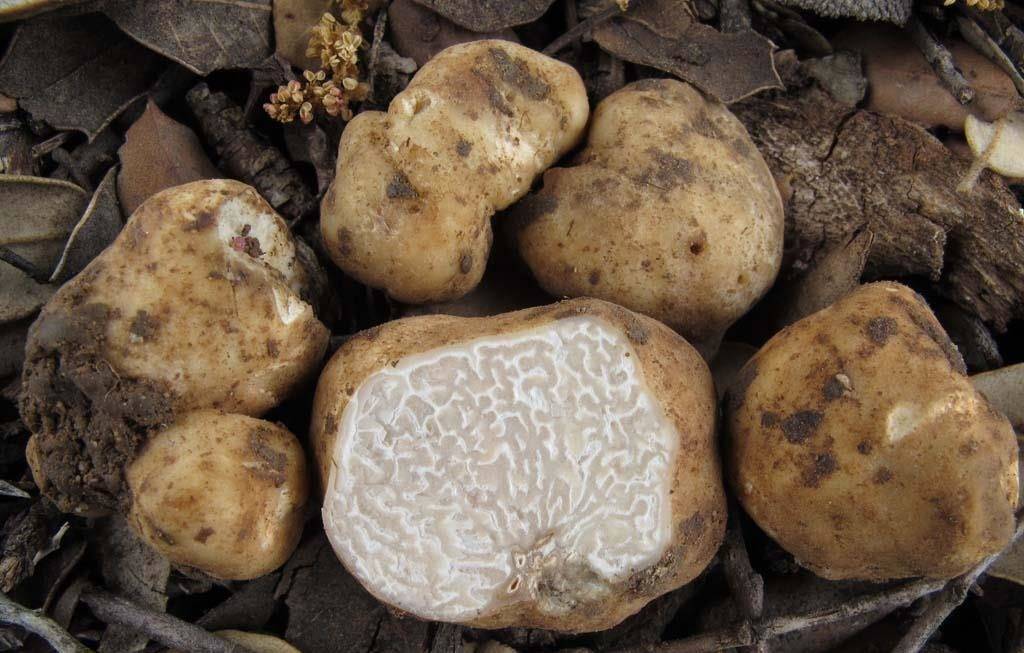
The fruit body has a tuberous shape. Outside, the truffle is covered with a leathery layer. The surface can be smooth or warty, often it is covered with cracks. The cut truffle has a marble pattern due to numerous dark and light veins. The pulp has a whitish or yellowish-brown hue. To taste, it resembles fried sunflower seeds, nuts.
Rules for the collection and processing of mushrooms
Among mushroom pickers, there are a number of unwritten rules for mushroom picking, which everyone must follow: both experienced and novice mushroom hunters. In a nutshell, these rules can be represented by the following points:
- Do not collect in places near industrial facilities and highways. Such mushroom fruits may contain toxins harmful to human health.
- Do not put poisonous mushrooms in the basket. Even 1 poisonous fruit can spoil the entire mushroom crop.
- Do not take the fruits of the slightest doubt. Better to sacrifice a mushroom than to poison it.
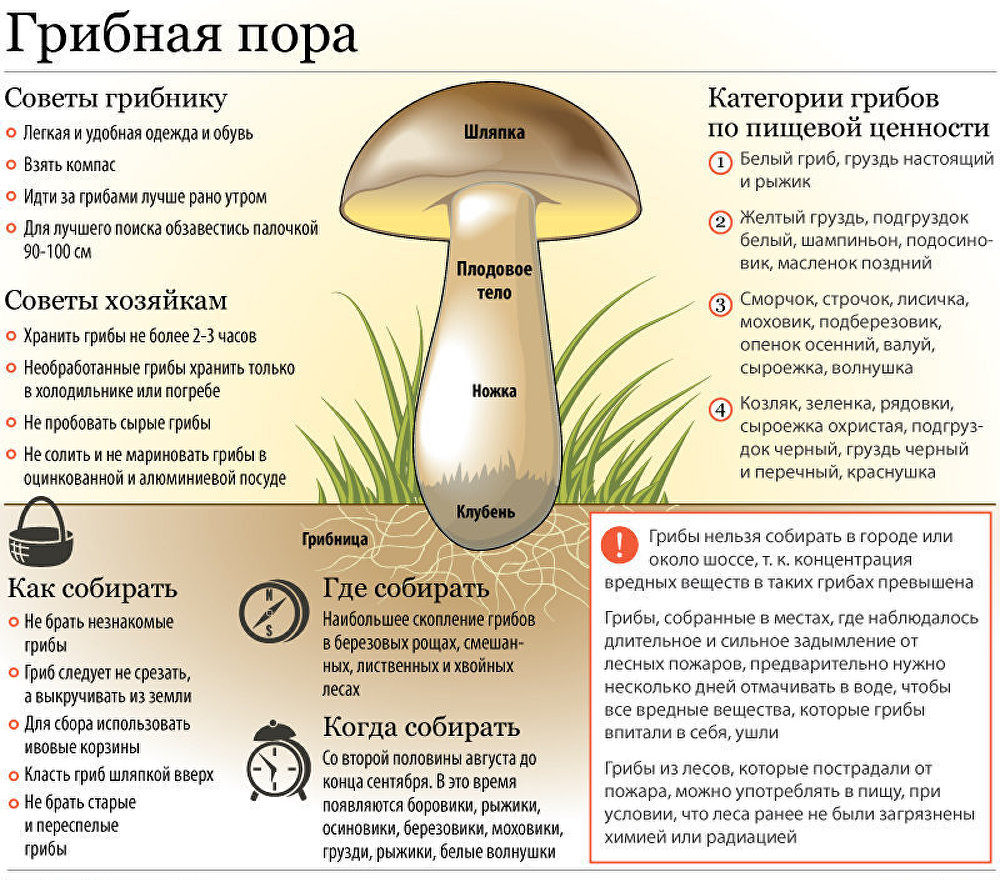
Mushroom picking rules - Do not break mycelium. Mushroom fruits must be cut with a sharp knife. Otherwise, the mushroom picker risks ruining the entire mushroom family.
- Harvest in a basket or crates. Plastic bags are not suitable for picking mushrooms because fragile fruits wrinkle and break in them.
- Go on a quiet hunt in the early morning. In the early hours of the day, dew lies on the mushrooms, which with its brilliance can help with searches.
- Inspect mushroom units at the gathering place.
Mushroom picking is half the battle; the gifts of the forest must also be handled correctly. Harvesting consists of 5 mandatory points:
- A thorough inspection for rot, worms.
- Forest debris removal, washing.
- Trimming unusable areas of fruiting bodies.
- Soaking (from 2 hours to 2 days).
- Boiling.
Cooking features
When cooking dishes from forest fruits of mushrooms, you must follow the rules. Very often, improperly prepared mushrooms pose a threat to human health.
How and how much to cook wild mushrooms before frying?
Boiling time depends on the type of mushrooms and their culinary purpose. Depending on the type, mushroom fruits are boiled as follows:
- porcini mushrooms - 35-40 minutes;
- butter, honey mushroom - 30 min;
- russula, birch bark - 40 min;
- chanterelles - 20 minutes;
- Gruzdy - 15 minutes
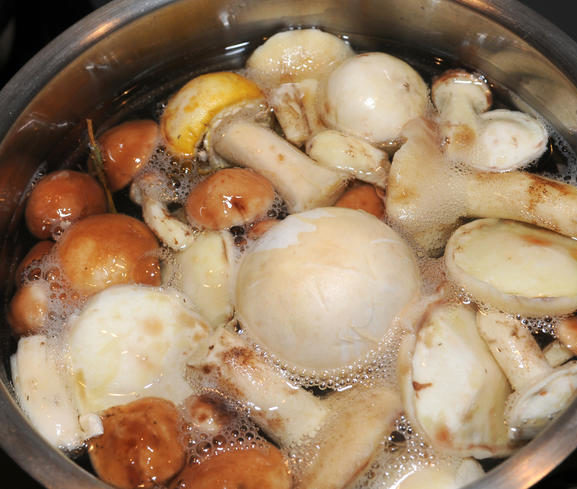
For mushroom soup, boiling lasts up to 50 minutes. Before frying, mushrooms can be boiled for 10-20 minutes after boiling water.
How to fry?
Frying a mushroom crop is easy.To do this, prepared boiled fruits are laid out in a pan with heated oil and fried until golden brown. It is advisable to pass the mushrooms with onions. The dish is usually seasoned with salt and pepper to taste.
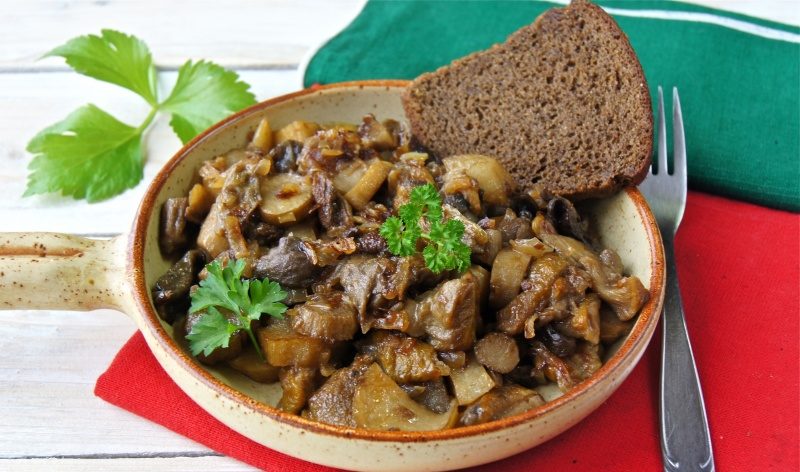
If desired, you can cook a dish with sour cream. To do this, after frying in a pan with mushrooms, add a couple of tablespoons of sour cream and the same amount of water. Then everything is well mixed and stewed for 10 minutes under a lid over low heat.
Winter harvesting methods
If the crop is too large, the remaining mushrooms can be saved. To do this, fully processed fruits are placed in plastic containers or a plastic bag for placement in the freezer. Frozen mushrooms can be used to cook any mushroom dishes.

Salting and pickling are the most popular ways of harvesting fruits for the winter. You can salt in a simple way: put the washed and boiled mushrooms in layers in a bowl, pouring with salt and spices, crush it with oppression. After a few weeks, you can take a sample. Marinoka implies a cold and hot method - depending on where the preservation is planned to be stored.
Answers to widespread questions
The forest is very generous with mushrooms. Among his gifts there are a lot of tasty and healthy types. During a quiet hunt, it is very important to follow the rules of mushroom collection. The harvest must be properly processed and prepared so that a delicious dinner does not turn into an eating disorder.

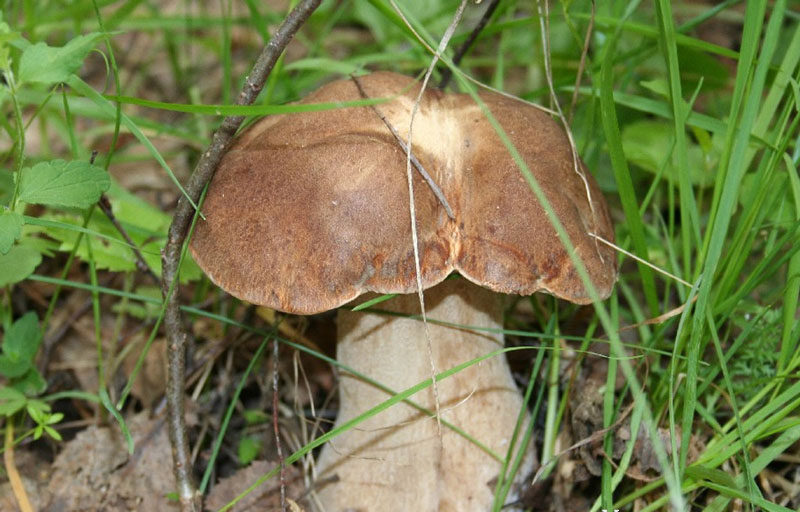
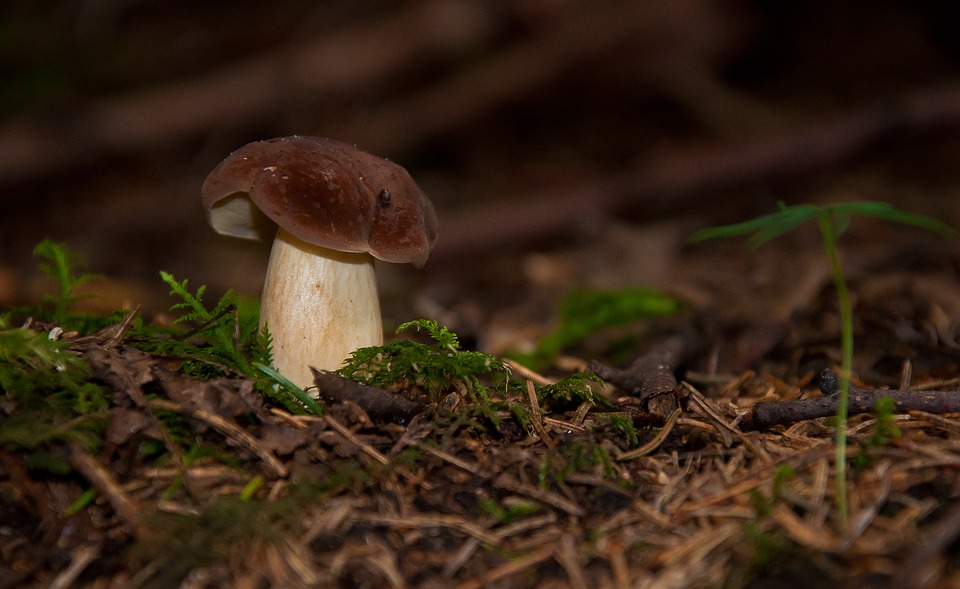
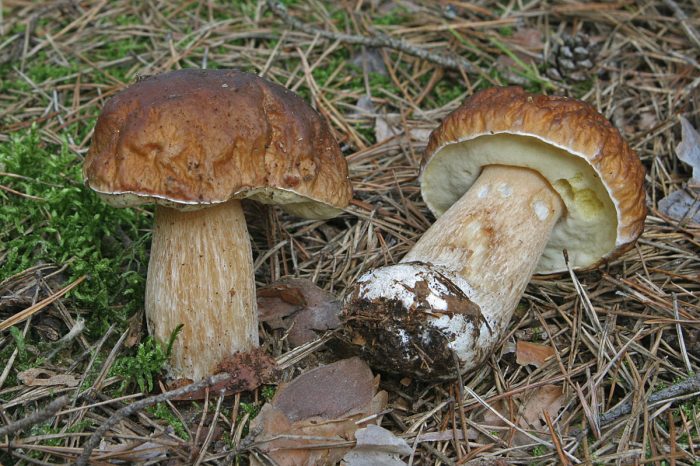
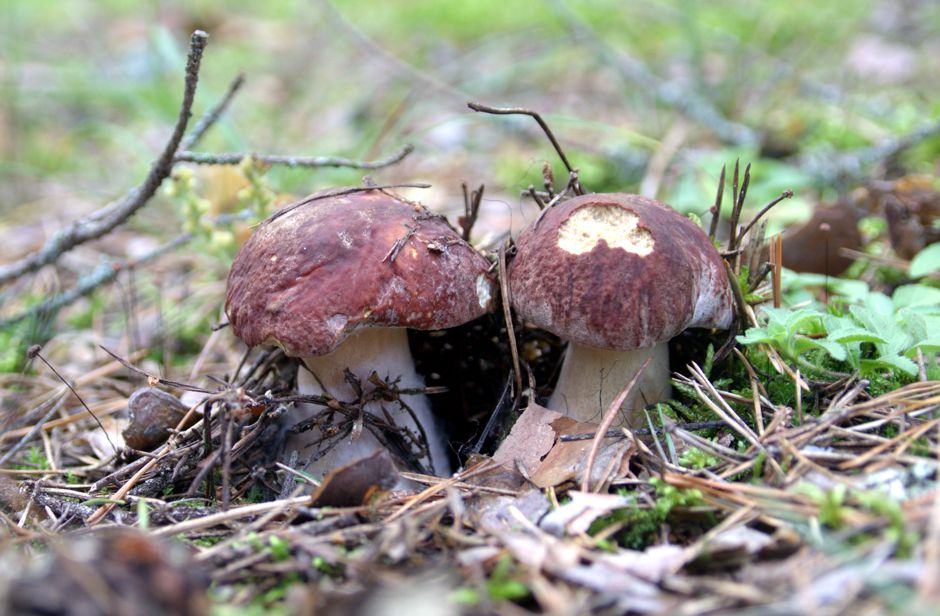
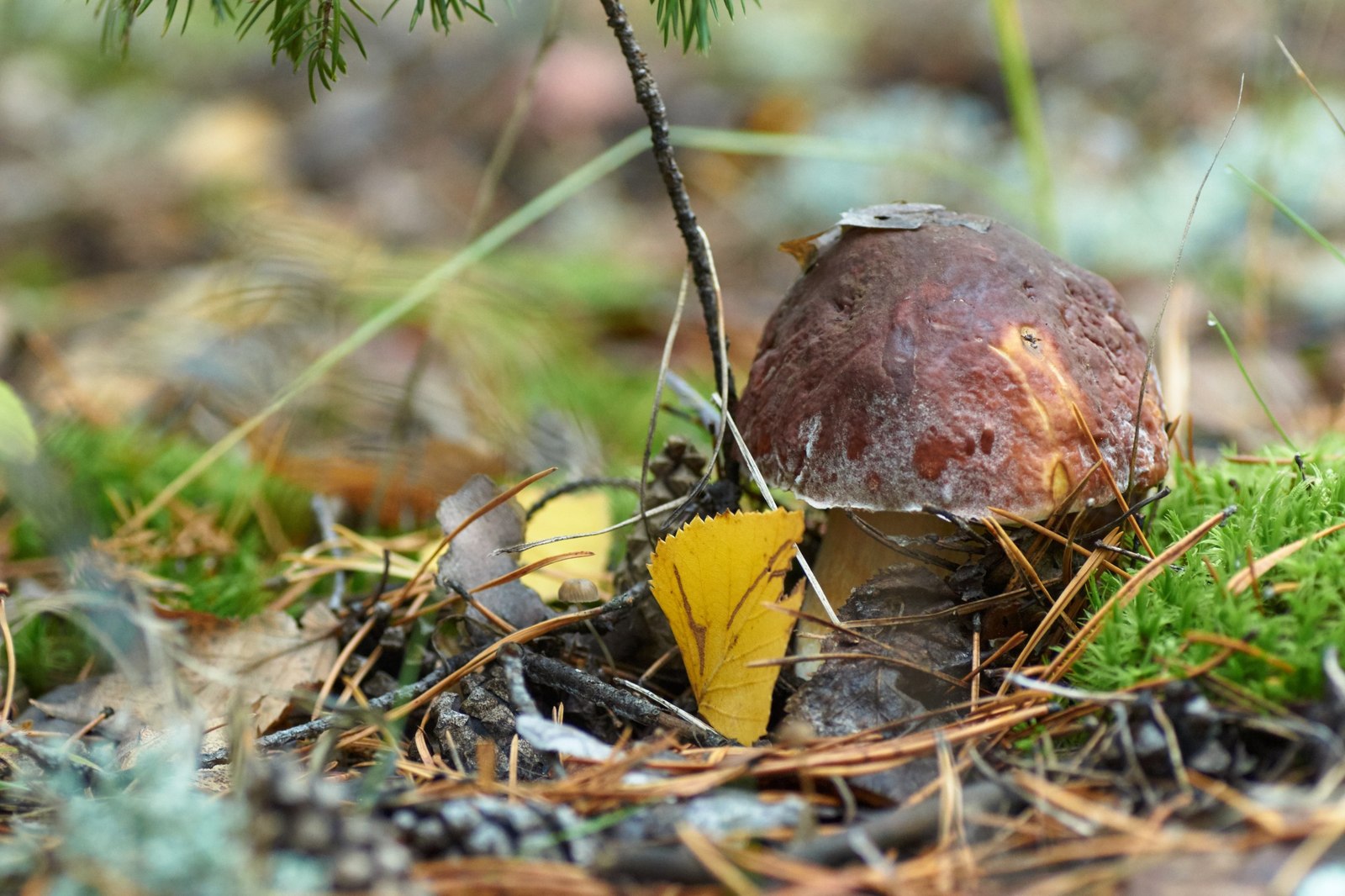
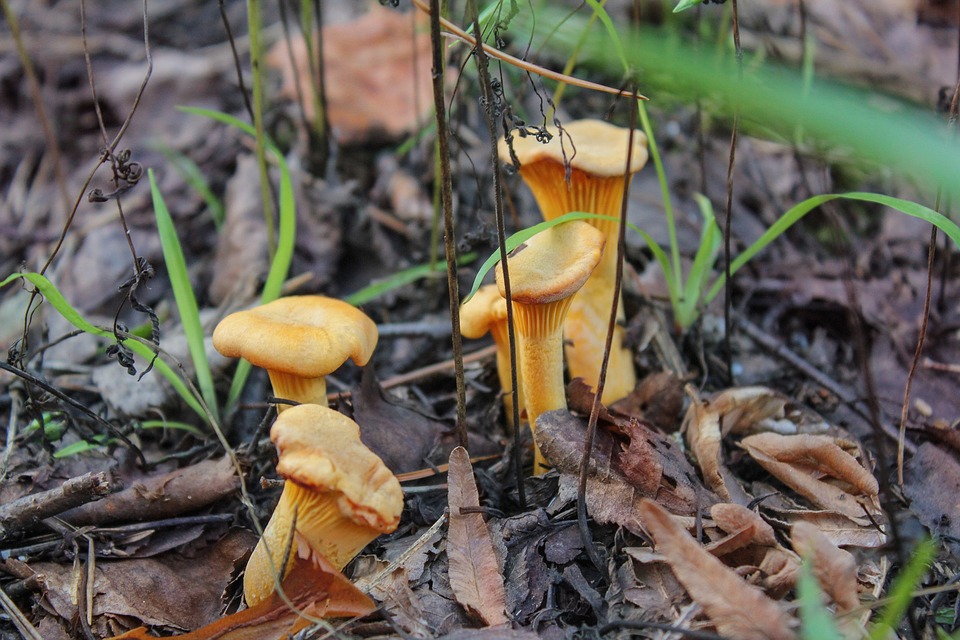
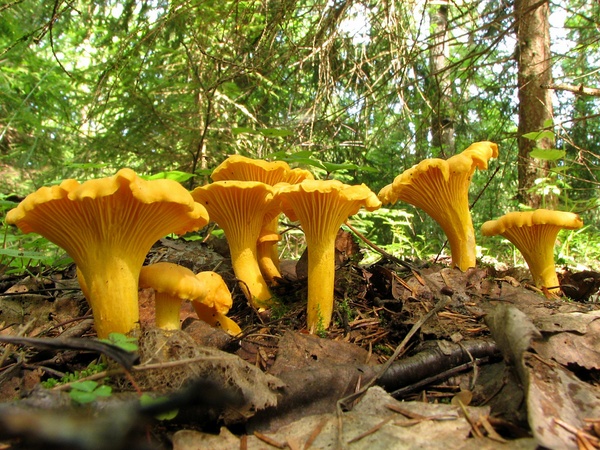
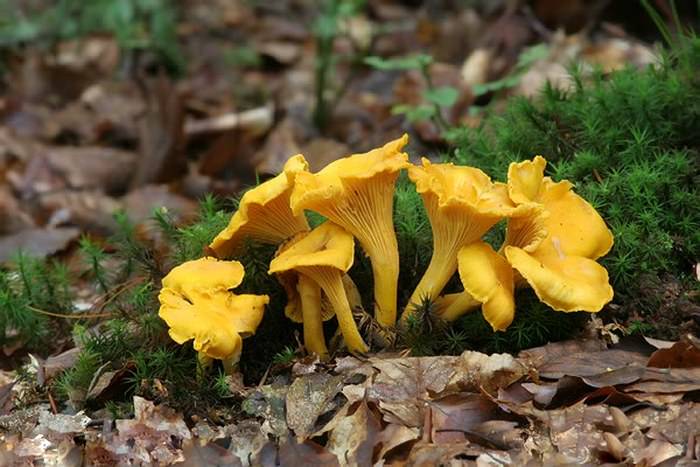
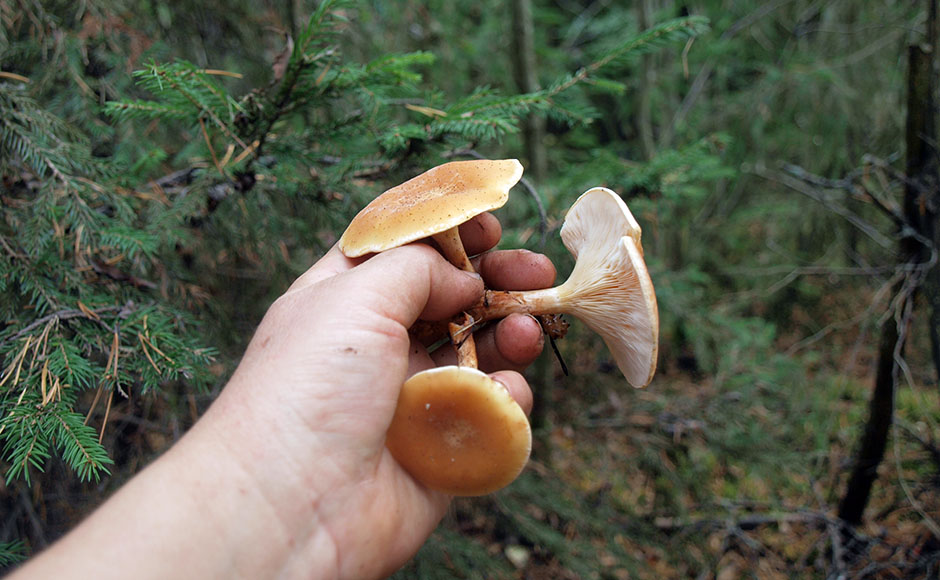
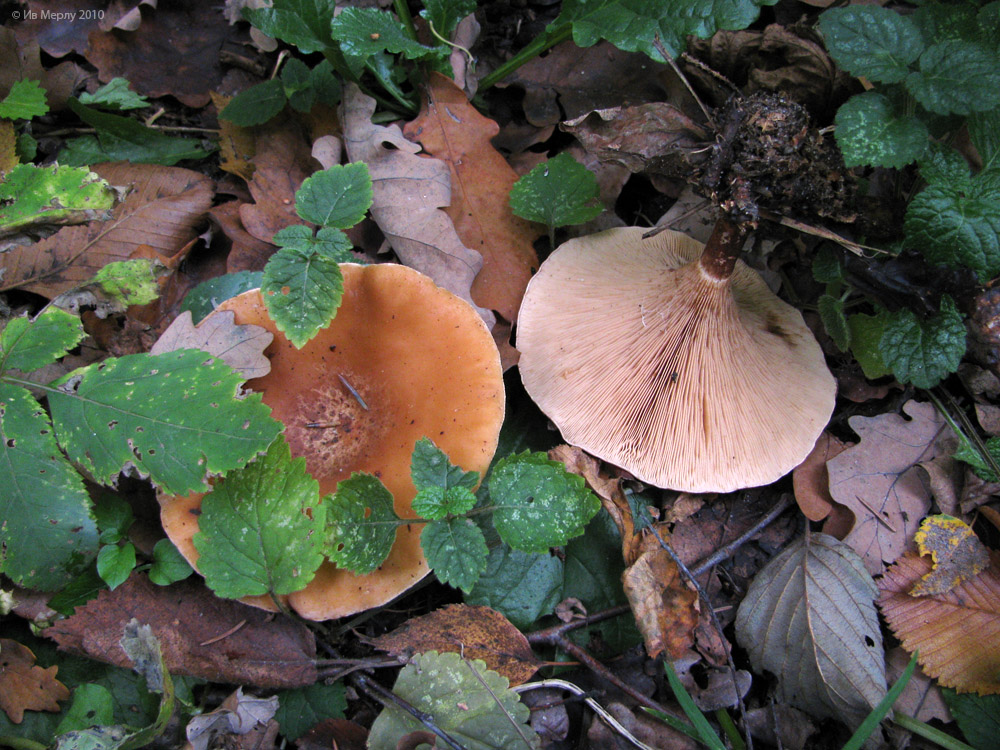
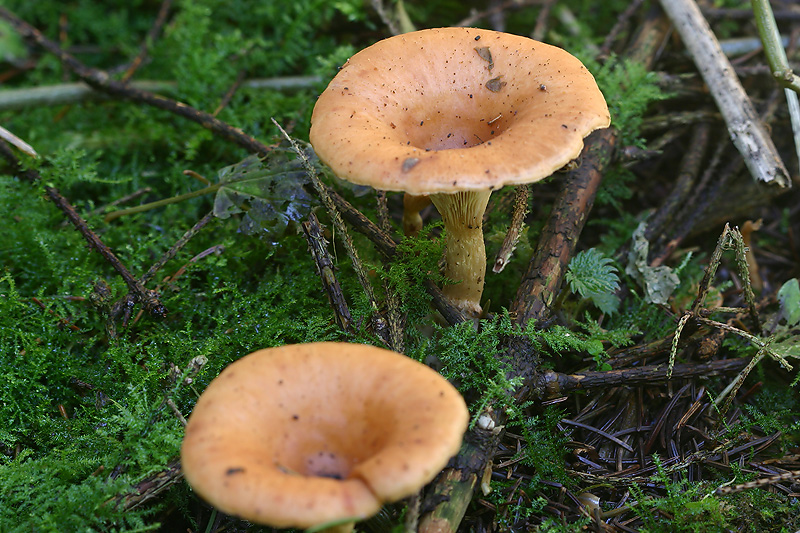
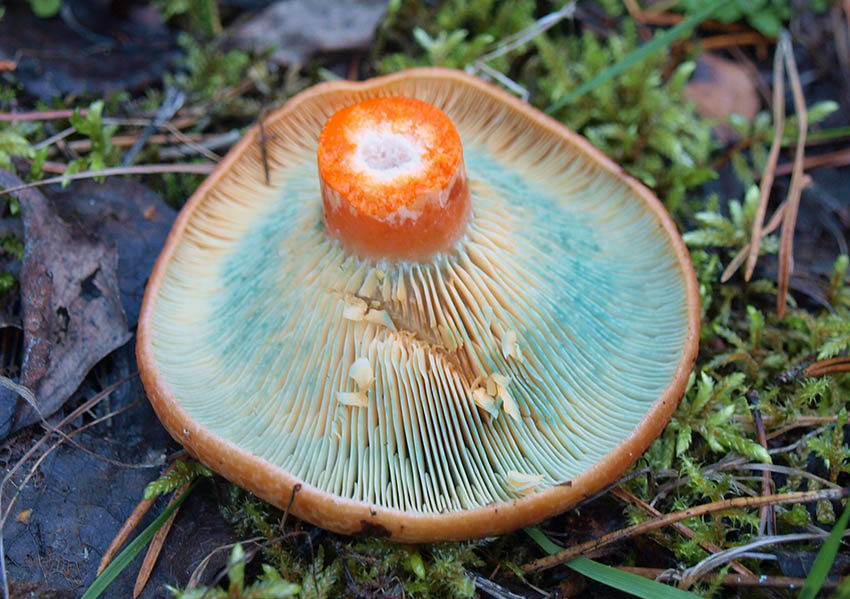
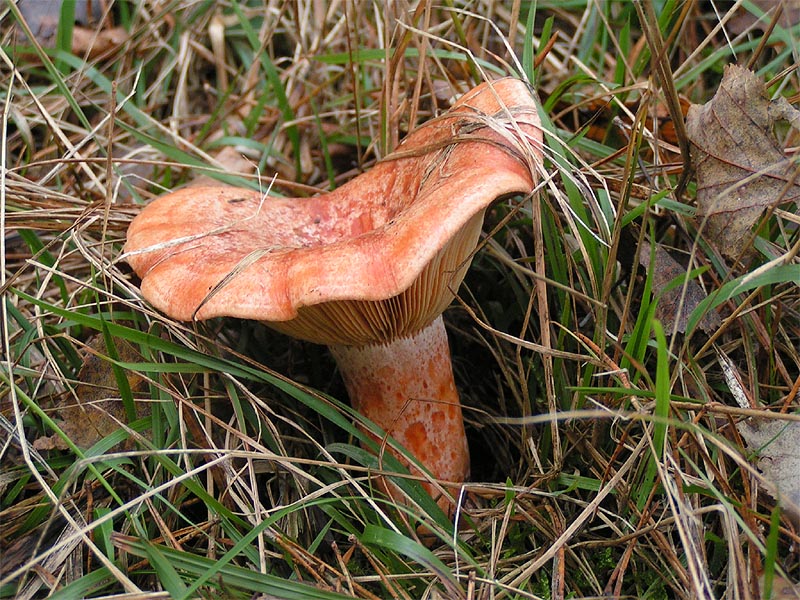
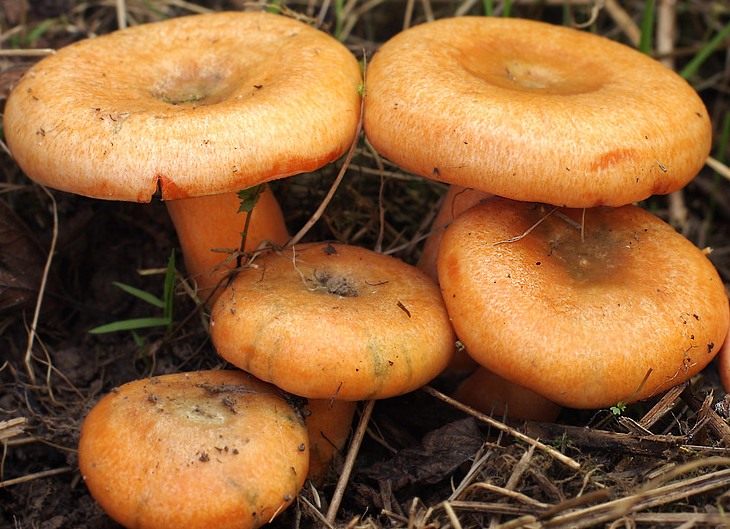
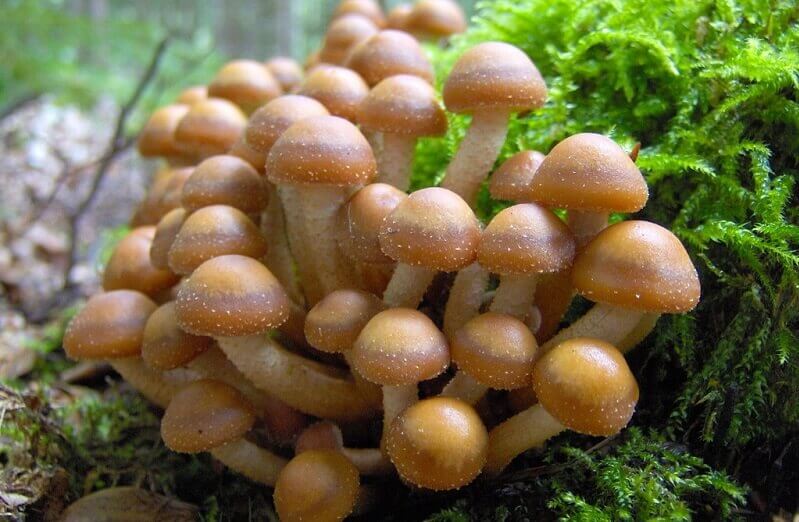
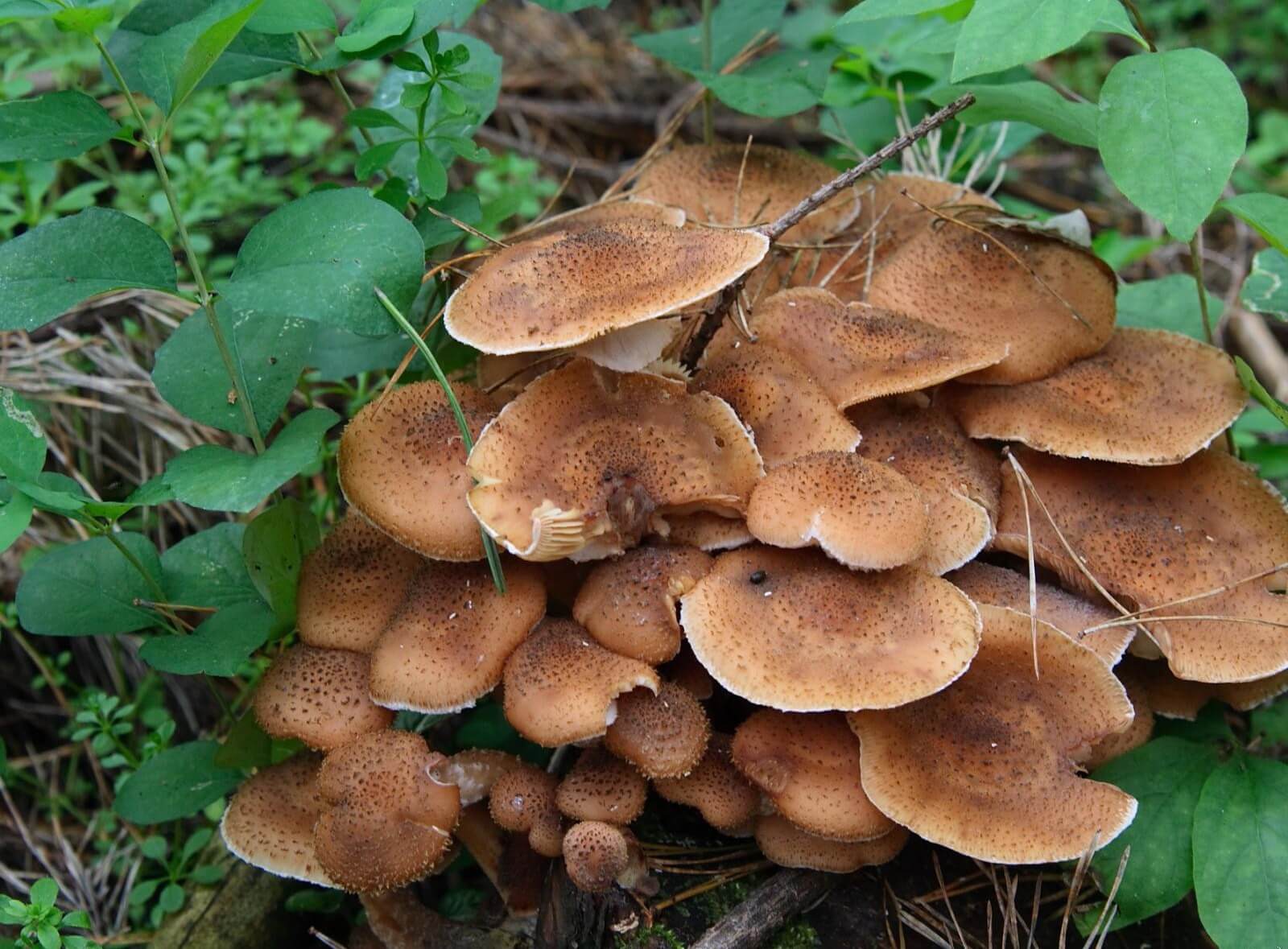
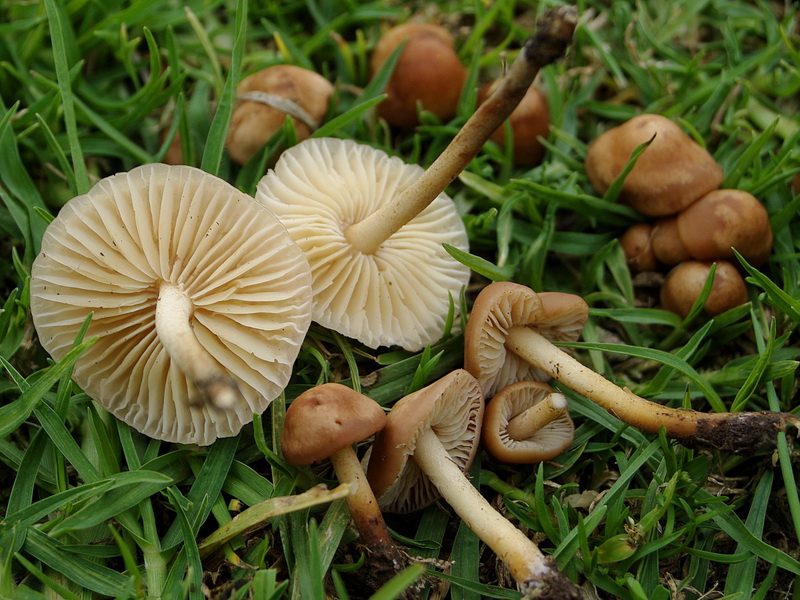
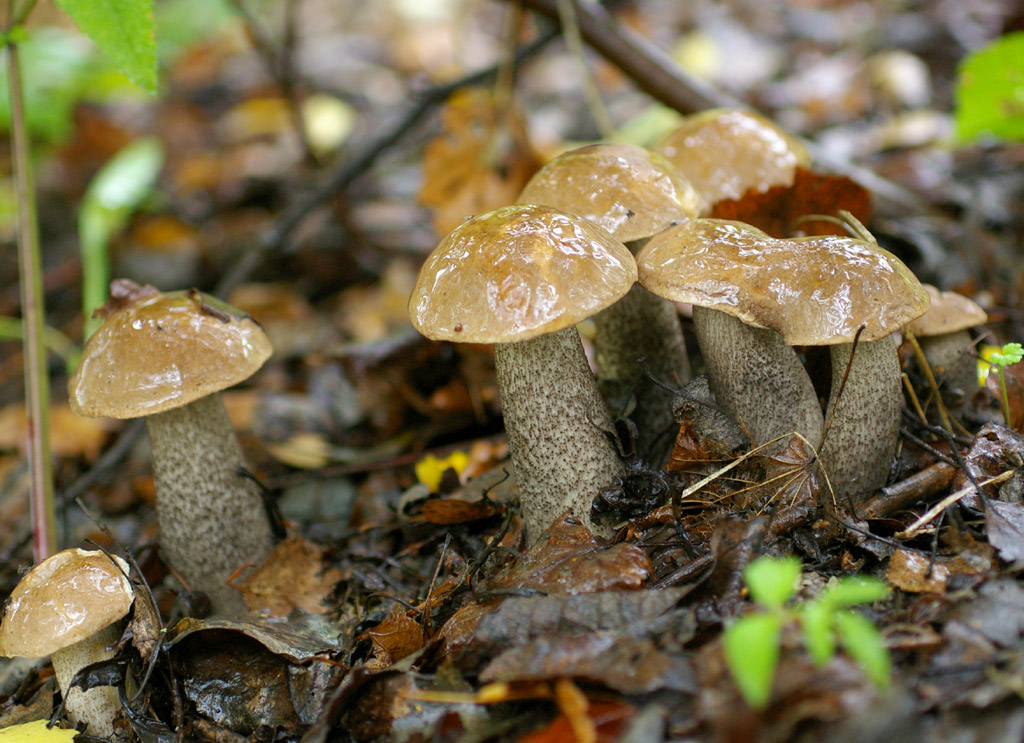
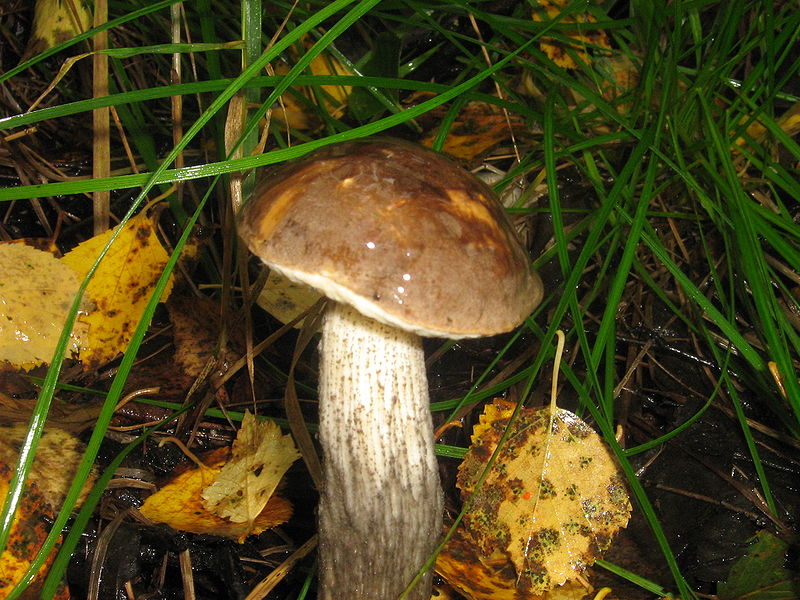
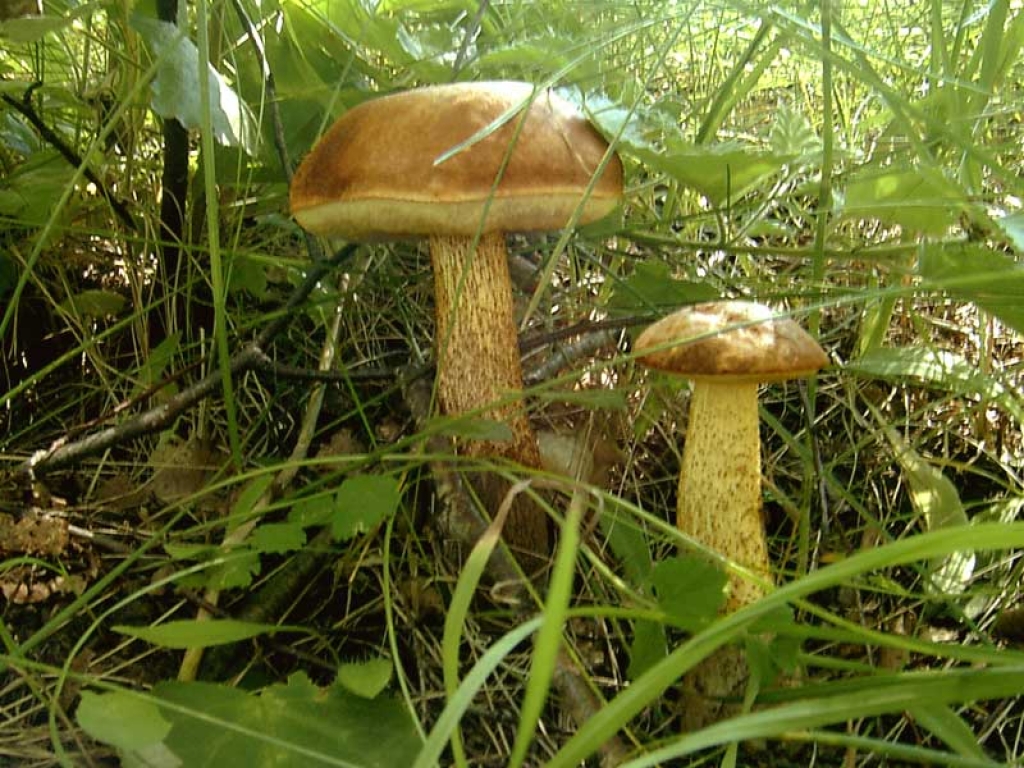
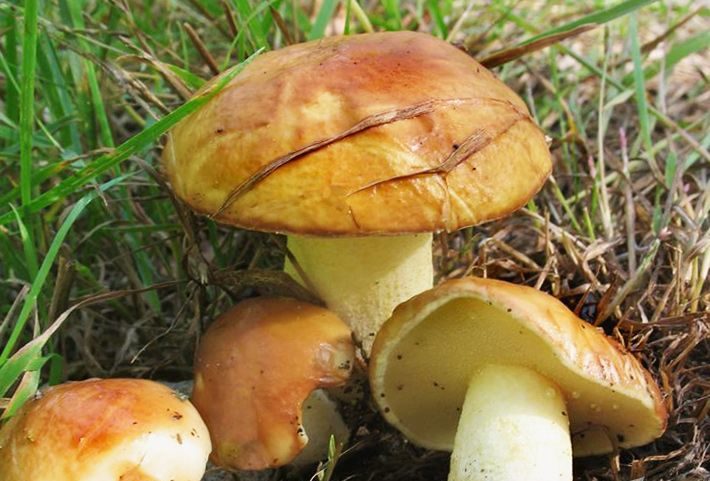
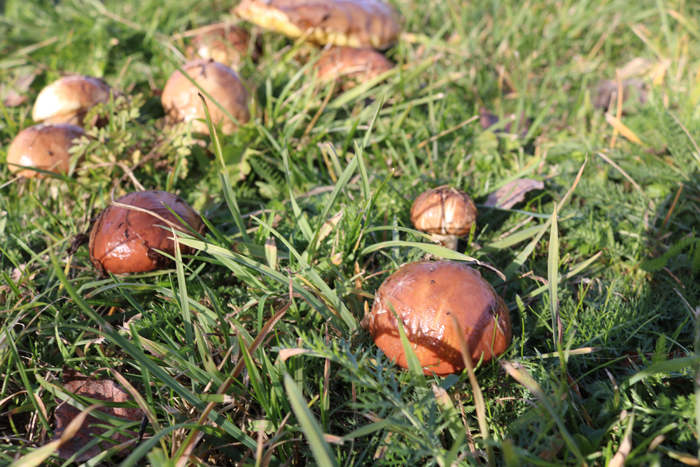
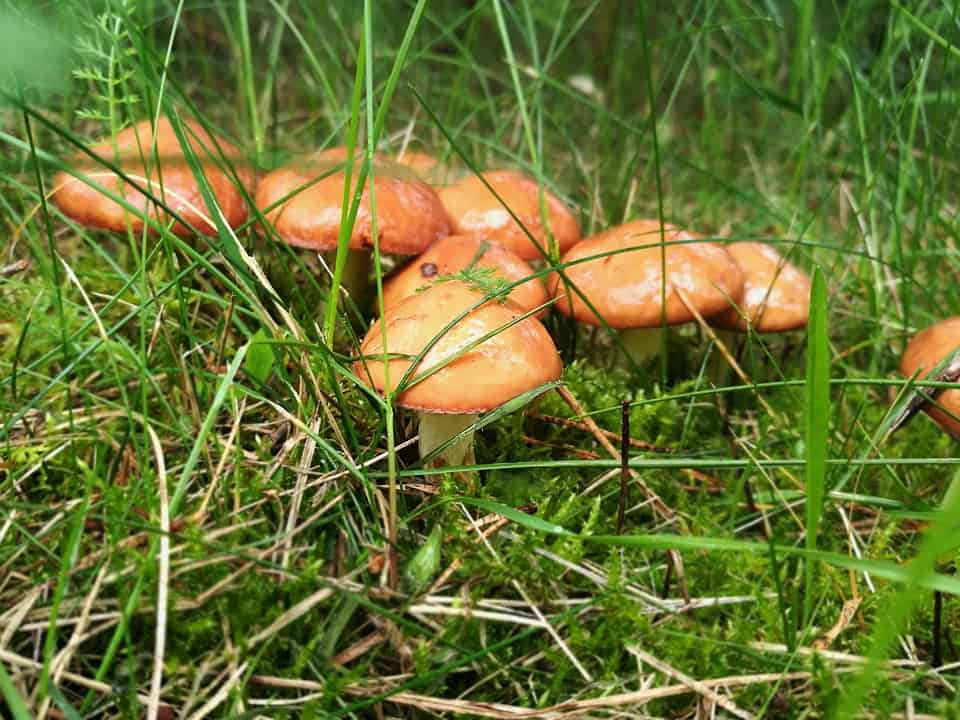
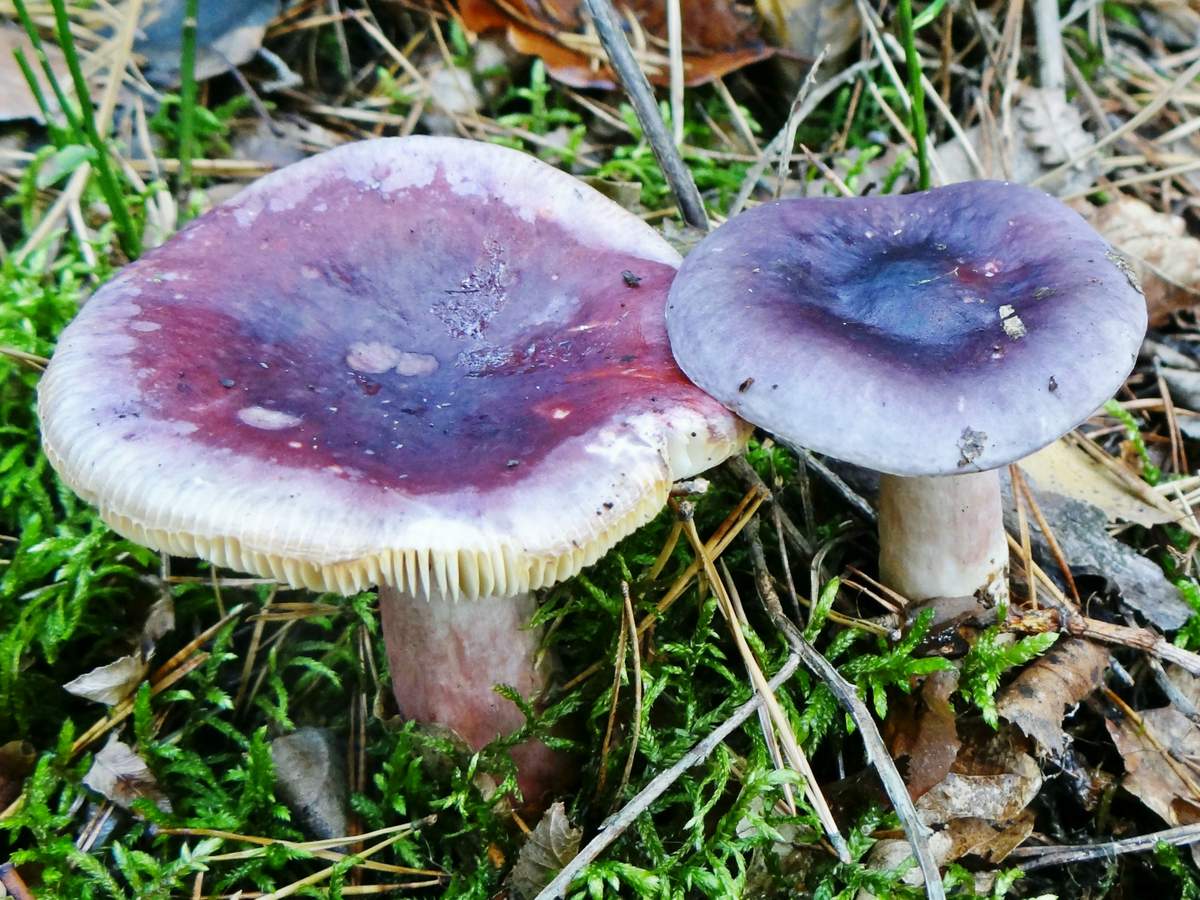
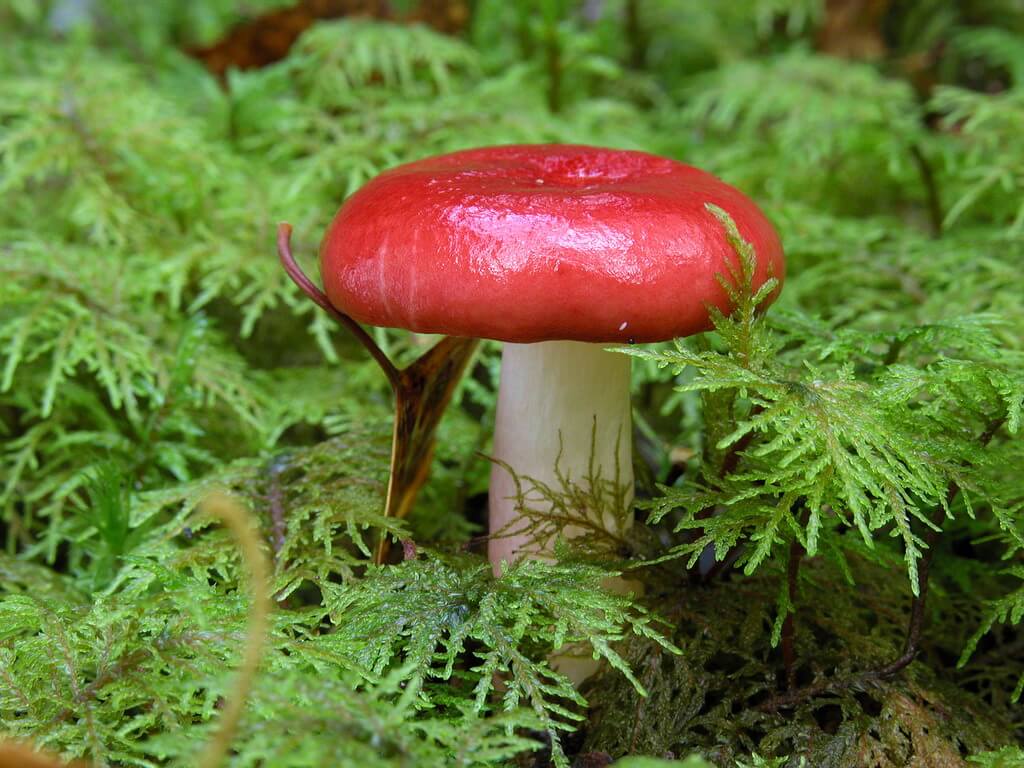
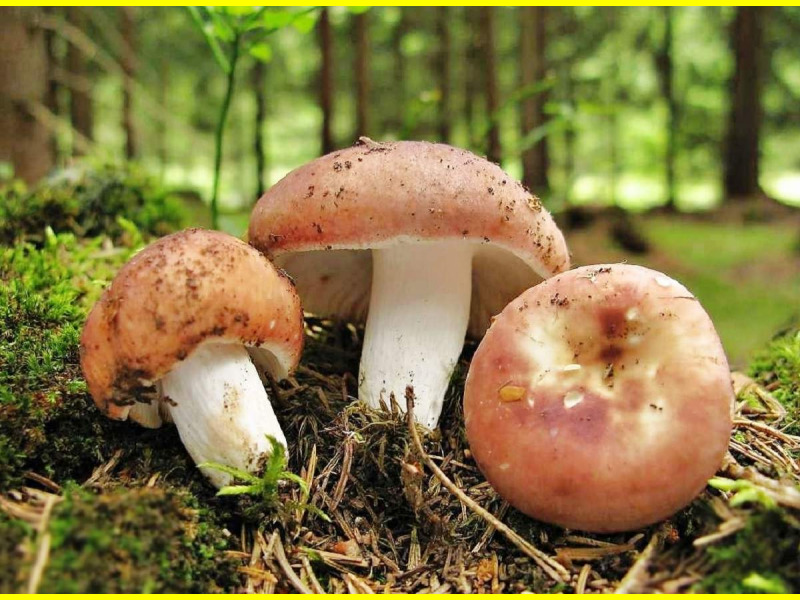
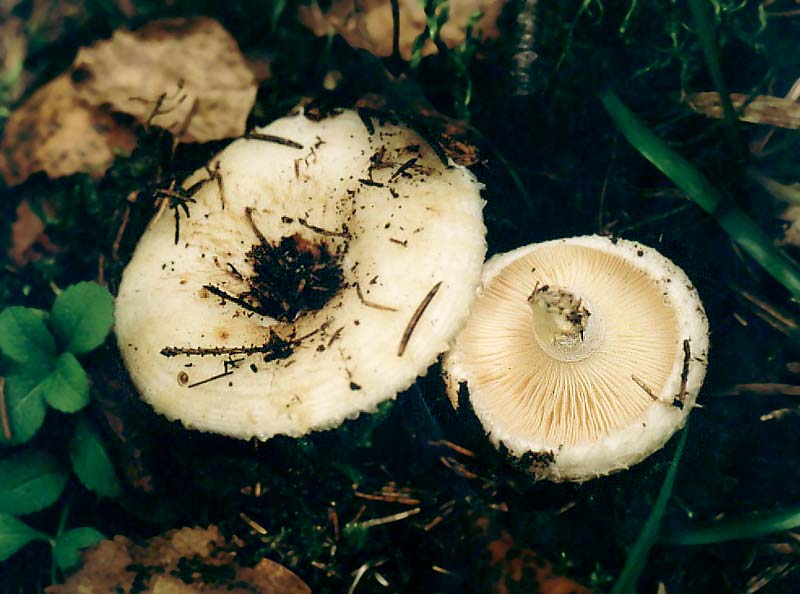
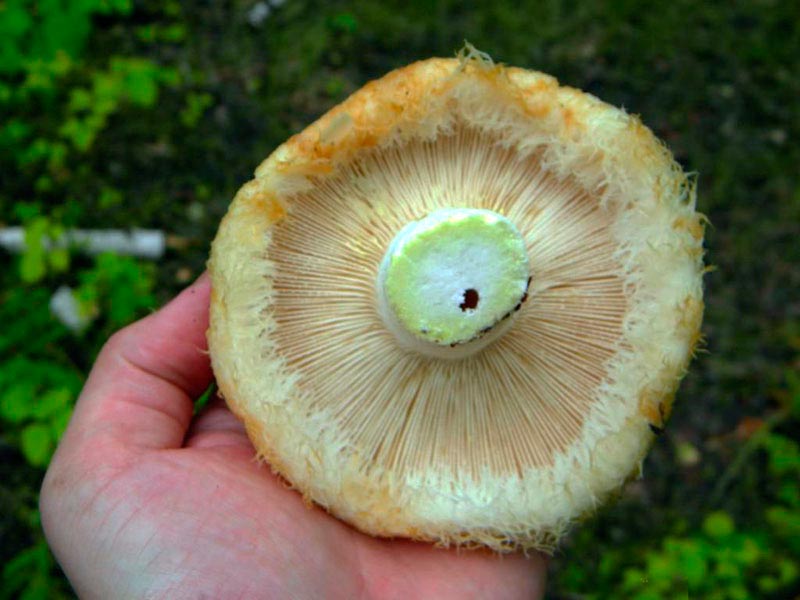
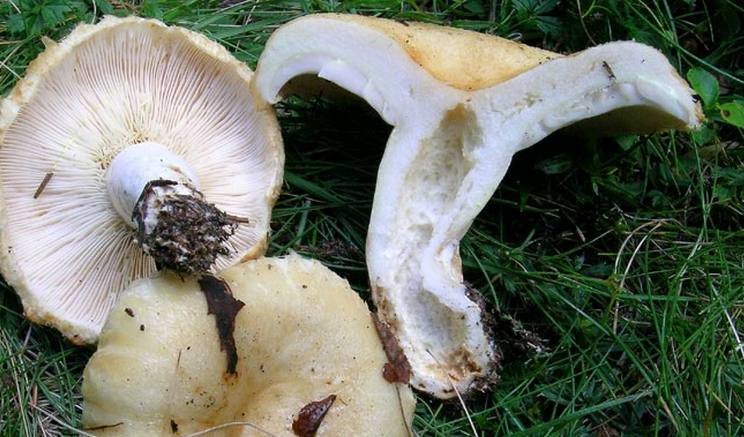
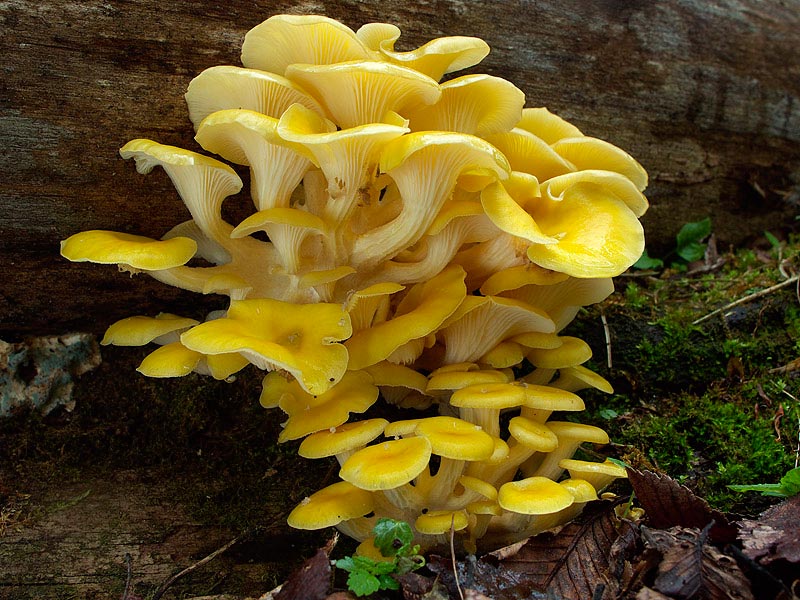
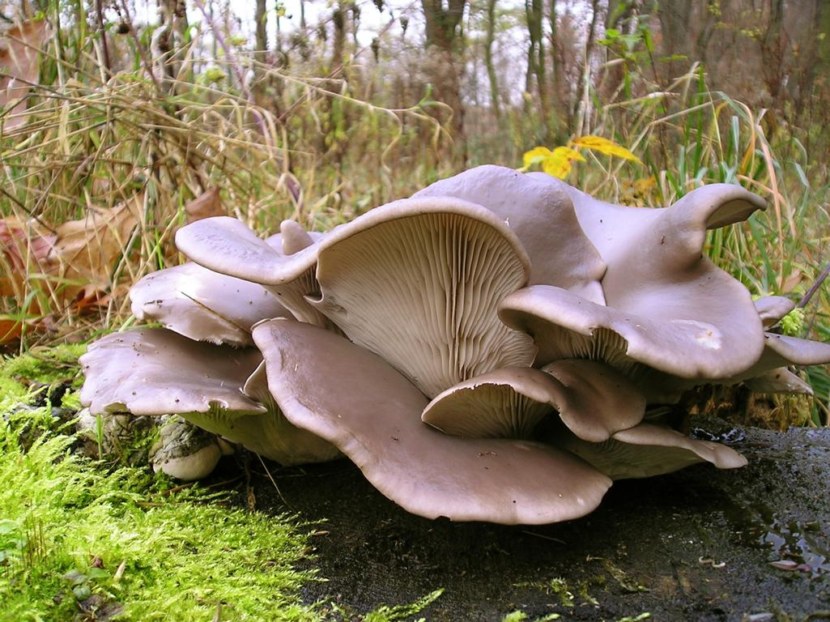
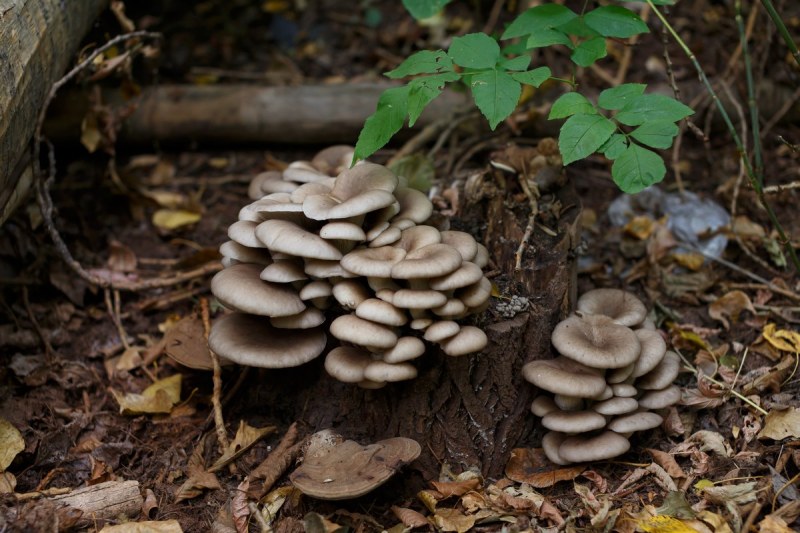
 Care and use of Kombucha at home (+22 photo)
Care and use of Kombucha at home (+22 photo) Edibility of the fungus of the motley umbrella and its description (+19 photo)
Edibility of the fungus of the motley umbrella and its description (+19 photo) Description of edible and inedible oils, their poisonous counterparts (+40 photos)
Description of edible and inedible oils, their poisonous counterparts (+40 photos) Useful properties of milk mushroom and its contraindications (+17 photos)
Useful properties of milk mushroom and its contraindications (+17 photos)
Grandfather
You don’t have to cook by the hour - as they stopped swimming and drowned, they were ready
Vladimir
White, before frying boil ??? Bullshit!!! Similarly, the chanterelle, saffron, butterdish, boletus, boletus, never boiled, washed, cut into a frying pan.
A. Volk
I like! The author writes that porcini mushrooms should be cooked for 35-40 minutes, however, below, answering questions, he claims that it can be eaten raw. Then why cook, and for so long?